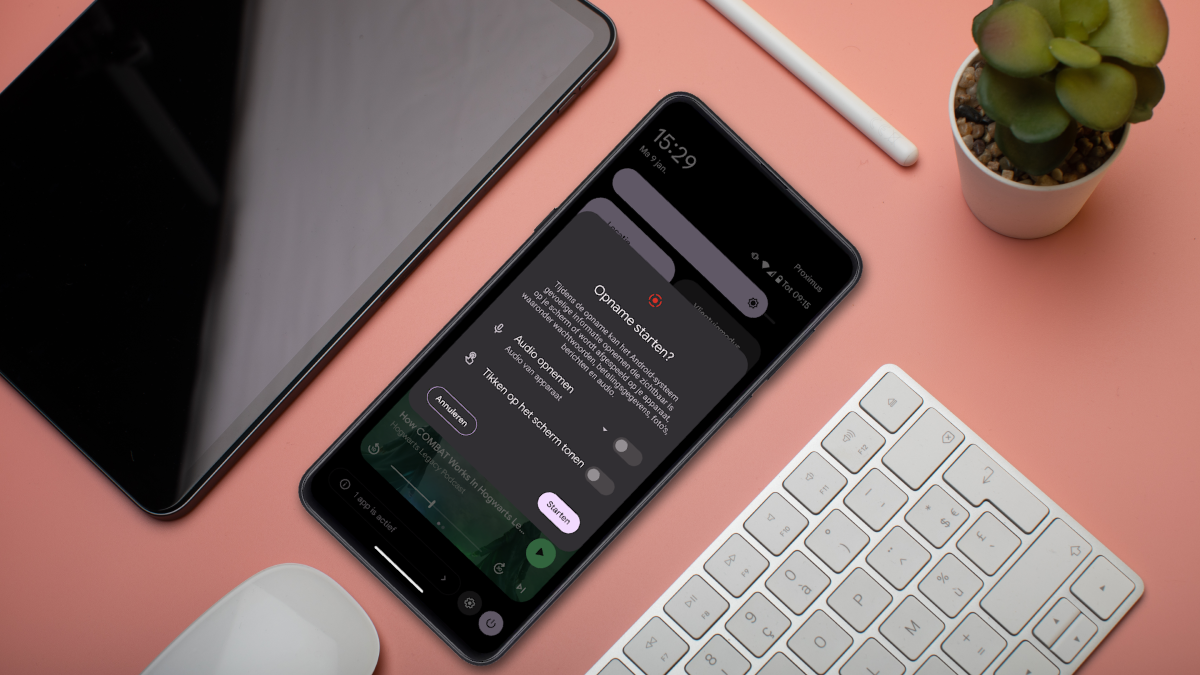4 tips to spot fake news
Fake news spreads like wildfire through our smartphones, for example thanks to WhatsApp. Stop the spread of fake news with these tips.
Read on after the ad.
Contents
Tips to spot WhatsApp fake news
1. Check the sender
Who is the source? When you suddenly receive an inflammatory app from an unknown sender, all alarm bells should go off. Spreaders of fake news often use fake WhatsApp profiles to get their message across.
By the way, don’t drop your ‘coverage’ completely when you do receive a remarkable message from your father, partner or friend. Even acquaintances can spread fake news. Perhaps their WhatsApp account has been hacked, or the fake news distributor has assumed their identity.
Therefore, always check whether the telephone number is correct and do not rely blindly on the WhatsApp profile picture: it is quite easy to copy.
2. Has the message been forwarded?
A major problem with fake news is that it is often forwarded, or ‘goes viral’. The messages often play on the emotions of readers, who then forward the app to inform, inform or warn others. WhatsApp can thus be seen as the spiritual successor to the email chain letters of the past.
WhatsApp tries to suppress this by marking forwarded messages. Do you see an arrow next to the app? Then the message has been forwarded and the sender did not write it himself. Be extra careful when there are two arrows next to the message. In that case, the message has been forwarded at least five times.
3. Are the facts correct?
It sounds obvious, but fake news is news that is not true. To distinguish ‘real’ news from fake news, you must therefore check whether the facts are correct. Google is your best friend here, because after a fact-check most fake news messages die pretty quickly. Search for the message’s keywords on a search engine, then go to the search engine’s News tab to see if newspapers and websites are also writing about it.
If so, the message is usually correct. However, journalists can also be wrong: so be wary.
Also check the spelling of questionable WhatsApp messages. Usually the text is full of careless typos, strangely constructed sentences and the punctuation rules are used loosely. Be especially careful when the posts contain links to websites: never tap on them!

4. Have the photos been tampered with?
Fake news in WhatsApp is not just limited to text and articles. Incorrect information can also spread through photos or videos. It is therefore important to check these sources for correctness. Admittedly, it is sometimes quite difficult to see if images have been tampered with, or if photos have been edited.
If you are not a Photoshop expert yourself, it is therefore better to consult Google (or another search engine). Try to find out the received photo/video and check, for example, whether (reliable) newspapers, websites and magazines write about it. Is that the case? Then it is likely that the video or photo is correct.
More tips for WhatsApp
With millions of users, WhatsApp is one of the most popular apps in the Netherlands. Sending an app is therefore possible for almost everyone, but the chat app is more than that. So take a look at our overview of lesser-known WhatsApp functions for an overview of unknown, but no less useful tricks. Are you more into watching? Then check out the video below:
You are reading an article that has previously appeared on our website. We’ve updated the information and republished the article.




